Optical Camera Communication Method Based on Reference Fringe Width Judgement
-
摘要: 在光学相机通信中,经典的多项式拟合算法易丢失条纹细节信息,基于分段自适应的阈值算法可将灰度值数据进行有效解码,却耗时较长,步长选择对解码性能影响较大。针对以上问题,该文提出一种能够保证邻近像素行的影响且较为平稳的指数加权滤波算法,并与参考条纹结合,实现快速解调解码。在解码过程中,首先对每条明暗条纹信息进行估计像素个数,以此判断帧同步头和帧尾位置;再利用帧同步头和帧尾确定有效数据范围以及估计每bit数据所对应像素个数;之后判断有效数据的占空比并转换为逻辑值;最后输出逻辑值代表的信息。实验结果表明:该文算法具有较低的算法复杂度,且在光照为300 lx的室内环境中,在误比特率低于前向纠错阈值的条件下,使用方形LED作为发射端时,信道距离可达30 cm,传输速率1.67 kbps,可满足正常传输需求。Abstract: In optical camera communication, the classical polynomial fitting algorithm is easy to lose the stripe detail information, the segmentation-based adaptive threshold algorithm can decode the gray value data effectively, but it is time-consuming, and the step size selection has great impact on the decoding performance. To address the above problems, an exponentially weighted filtering algorithm that can ensure the influence of neighboring pixel rows and is relatively smooth is proposed, and it is combined with reference stripes to achieve fast demodulation and decoding. In the decoding process, firstly, the number of pixels is estimated for each light and dark stripe to determine the position of the frame synchronization head and frame tail; Then the frame synchronization head and frame tail are used to determine the range of valid data and estimate the number of pixels corresponding to each bit of data; After that, the duty cycle of valid data is determined and converted into logical values; Finally, the information represented by logical values is output. The experimental results show that the proposed algorithm has low algorithm complexity, and the channel distance can reach 30 cm and the transmission rate is 1.67 kbps in the indoor environment with 300 lx illumination when using a square LED as the transmitter under the condition that the false bit rate is lower than the forward error correction threshold, which can meet the normal transmission requirements..
-
表 1 实验参数设置
发送端设备及参数 数值 接收端设备及参数 数值 球形LED 6 W, 4.5 cm 相机分辨率 2592×4608 方形LED 6 W, 7.6 cm 相机曝光时间 1/1600 s 帧同步头持续时间 600 μs 相机感光度 640 帧尾持续时间 600 μs 相机帧率 30 fps 每bit数据周期 600 μs 室内光照强度 300 lx LED驱动芯片 STM32F103ZET6 -
[1] ZHOU Mu, LIU Yiyao, WANG Yong, et al. Anonymous crowdsourcing-based WLAN indoor localization[J]. Digital Communications and Networks, 2019, 5(4): 226–236. doi: 10.1016/j.dcan.2019.09.001 [2] LIU Weijie and XU Zhengyuan. Some practical constraints and solutions for optical camera communication[J]. Philosophical Transactions of the Royal Society A:Mathematical, Physical and Engineering Sciences, 2020, 378(2169): 20190191. doi: 10.1098/rsta.2019.0191 [3] 赵亚军, 郁光辉, 徐汉青. 6G移动通信网络: 愿景、挑战与关键技术[J]. 中国科学:信息科学, 2019, 49(8): 963–987. doi: 10.1360/N112019-00033ZHAO Yajun, YU Guanghui, and XU Hanqing. 6G mobile communication networks: Vision, challenges, and key technologies[J]. Scientia Sinica Informationis, 2019, 49(8): 963–987. doi: 10.1360/N112019-00033 [4] 迟楠, 贾俊连. 面向6G的可见光通信[J]. 中兴通讯技术, 2020, 26(2): 11–19. doi: 10.12142/ZTETJ.202002003CHI Nan and JIA Junlian. Visible light communication towards 6G[J]. ZTE Technology Journal, 2020, 26(2): 11–19. doi: 10.12142/ZTETJ.202002003 [5] 柴蓉, 邹飞, 刘莎, 等. 6G移动通信: 愿景、关键技术和系统架构[J]. 重庆邮电大学学报:自然科学版, 2021, 33(3): 337–347. doi: 10.3979/j.issn.1673-825X.202010270328CHAI Rong, ZOU Fei, LIU Sha, et al. 6G mobile communication: Vision, key technologies and system architecture[J]. Journal of Chongqing University of Posts and Telecommunications:Natural Science Edition, 2021, 33(3): 337–347. doi: 10.3979/j.issn.1673-825X.202010270328 [6] SHI Jin, HE Jing, JIANG Zhongwei, et al. Enabling user mobility for optical camera communication using mobile phone[J]. Optics Express, 2018, 26(17): 21762–21767. doi: 10.1364/oe.26.021762 [7] ZHANG Zhenshan, ZHANG Tiantian, ZHOU Ji, et al. Performance enhancement scheme for mobile-phone based VLC using moving exponent average algorithm[J]. IEEE Photonics Journal, 2017, 9(2): 7903207. doi: 10.1109/JPHOT.2017.2690303 [8] LIU Yang, CHOW C W, LIANG K, et al. Comparison of thresholding schemes for visible light communication using mobile-phone image sensor[J]. Optics Express, 2016, 24(3): 1973–1978. doi: 10.1364/oe.24.001973 [9] HSU K L, CHOW C W, LIU Yang, et al. Rolling-shutter-effect camera-based visible light communication using RGB channel separation and an artificial neural network[J]. Optics Express, 2020, 28(26): 39956–39962. doi: 10.1364/oe.405309 [10] LI Xixi, LIU Weijie, and XU Zhengyuan. Design and implementation of a rolling shutter based image sensor communication system[C]. 2020 IEEE/CIC International Conference on Communications, Chongqing, China, 2020: 253–258. [11] KHAN L U. Visible light communication: Applications, architecture, standardization and research challenges[J]. Digital Communications and Networks, 2017, 3(2): 78–88. doi: 10.1016/j.dcan.2016.07.004 [12] SHAHJALAL M, KHALID HASAN M, MAINUL ISLAM M, et al. A two-stage power allocation-based NOMA architecture for optical camera communication[J]. IEEE Systems Journal, 2021, 15(3): 4421–4430. doi: 10.1109/JSYST.2020.3015766 [13] 李习习. 基于阵列光源与卷帘相机的动态成像通信关键技术研究[D]. [硕士论文], 中国科学技术大学, 2021.LI Xixi. Research on key dynamic technologies for OCC between multiple light sources and a rolling shutter camera[D]. [Master dissertation], University of Science and Technology of China, 2021. [14] SONG Peng, TAN Yumei, GENG Xiaojun, et al. Noise reduction on received signals in wireless ultraviolet communications using wavelet transform[J]. IEEE Access, 2020, 8: 131626–131635. doi: 10.1109/ACCESS.2020.3009944 [15] 张健, 王辉. 一种改进的可见光通信系统SNR均匀性优化方法[J]. 重庆邮电大学学报:自然科学版, 2015, 27(1): 78–82. doi: 10.3979/j.issn.1673-825X.2015.01.014ZHANG Jian and WANG Hui. An improved SNR uniformity optimization scheme for VLC system[J]. Journal of Chongqing University of Posts and Telecommunications:Natural Science Edition, 2015, 27(1): 78–82. doi: 10.3979/j.issn.1673-825X.2015.01.014 [16] 刘伟. 基于随机向量功能连接网络的火焰检测方法研究[D]. [硕士论文], 江南大学, 2021.LIU Wei. Research on flame detection method based on random vector functional link network[D]. [Master dissertation], Jiangnan University, 2021. [17] YANG Yiting, HE Jing, and ZHOU Biao. Effective interference mitigation scheme for multi-LED-based mobile optical camera communication[J]. Applied Optics, 2021, 60(35): 10928–10934. doi: 10.1364/AO.443681 [18] SHI Jin, HE Jing, JIANG Zhongwei, et al. Modulation format shifting scheme for optical camera communication[J]. IEEE Photonics Technology Letters, 2020, 32(18): 1167–1170. doi: 10.1109/LPT.2020.3012834 [19] ZHOU Zihao, WEN Shangsheng, LI Yue, et al. Performance enhancement scheme for RSE-based underwater optical camera communication using de-bubble algorithm and binary fringe correction[J]. Electronics, 2021, 10(8): 950. doi: 10.3390/electronics10080950 [20] SONG Hongzhan, WEN Shangsheng, YANG Chen, et al. Universal and effective decoding scheme for visible light positioning based on optical camera communication[J]. Electronics, 2021, 10(16): 1925. doi: 10.3390/electronics10161925 -





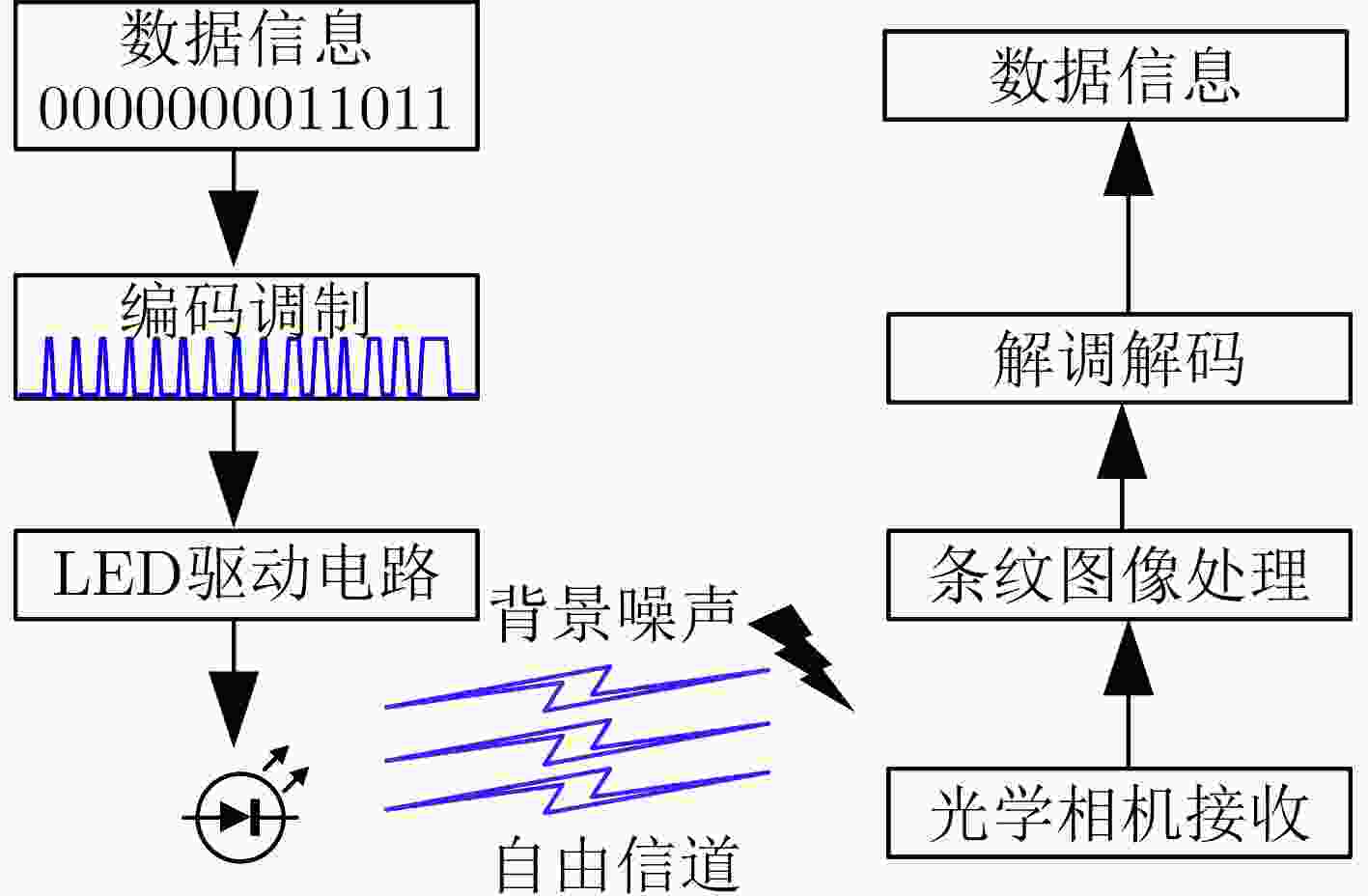
 下载:
下载:
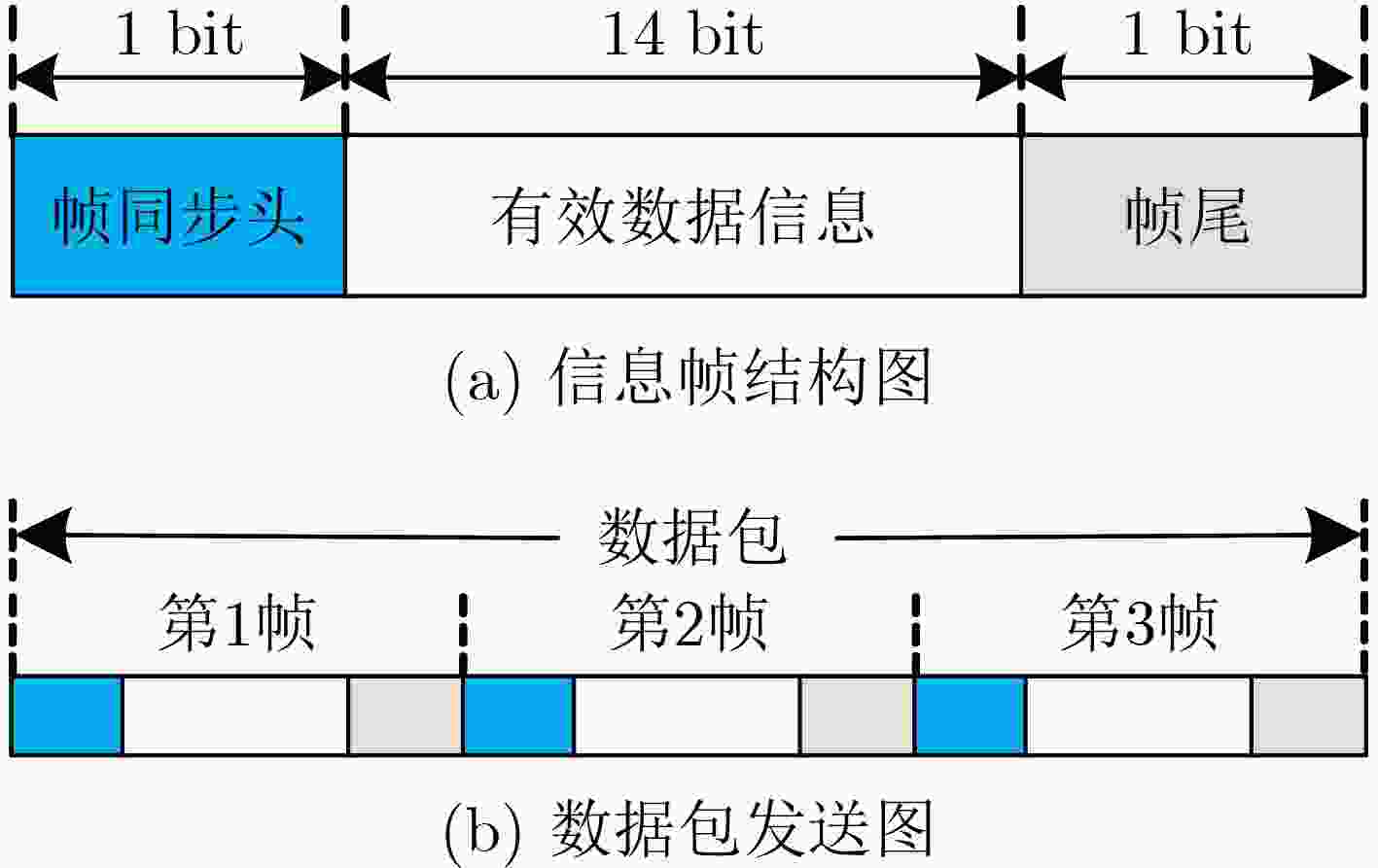


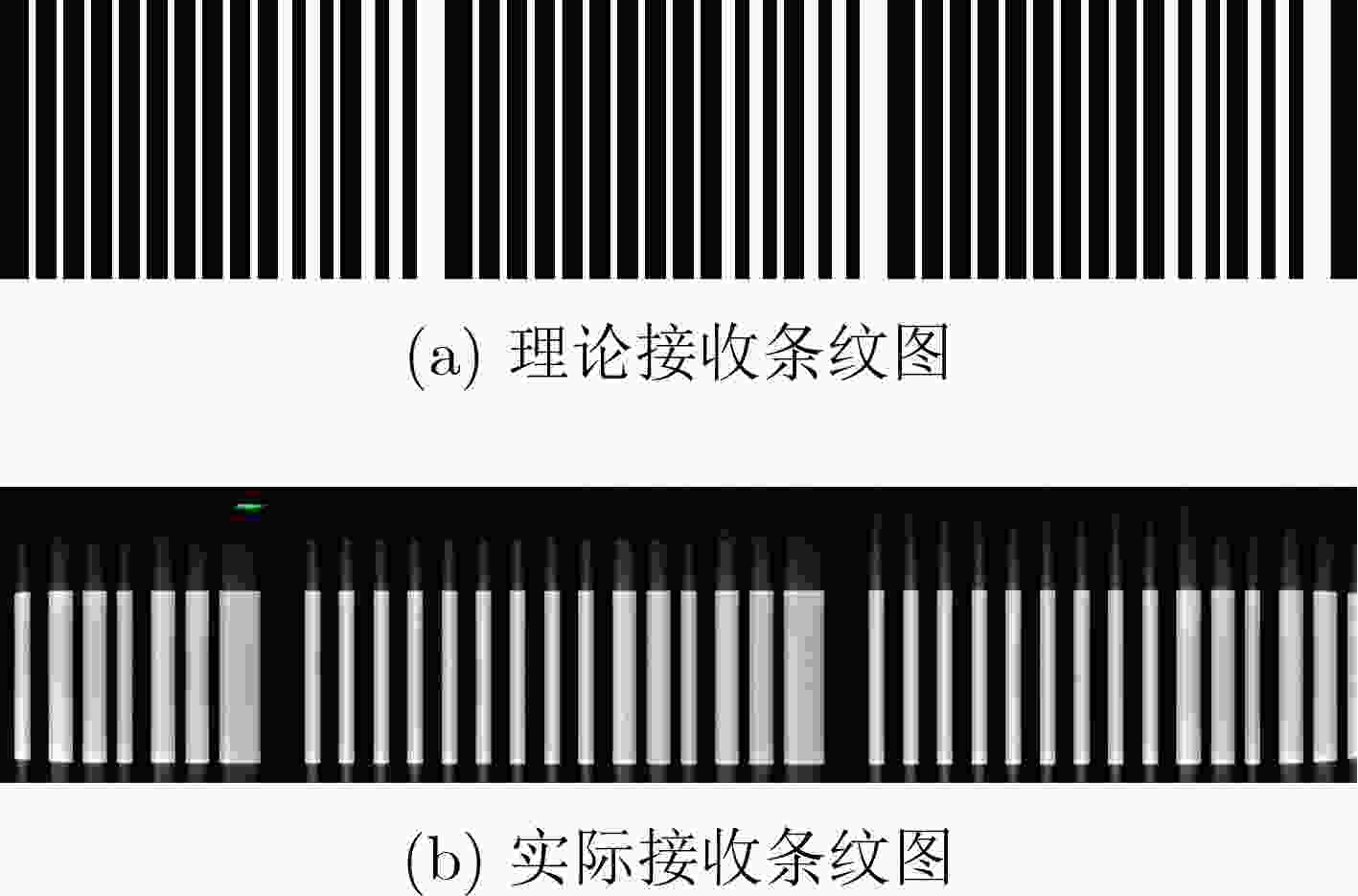
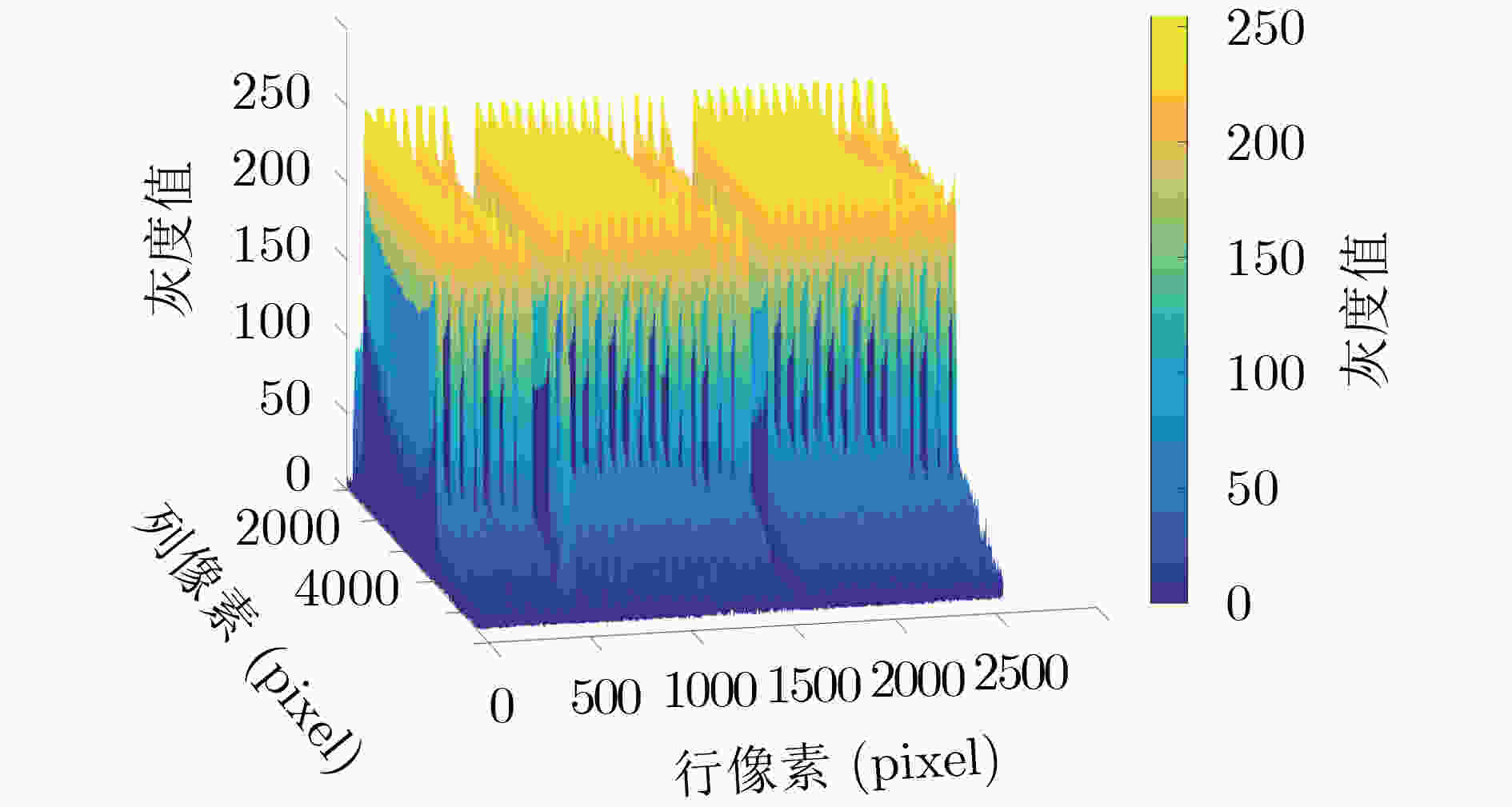


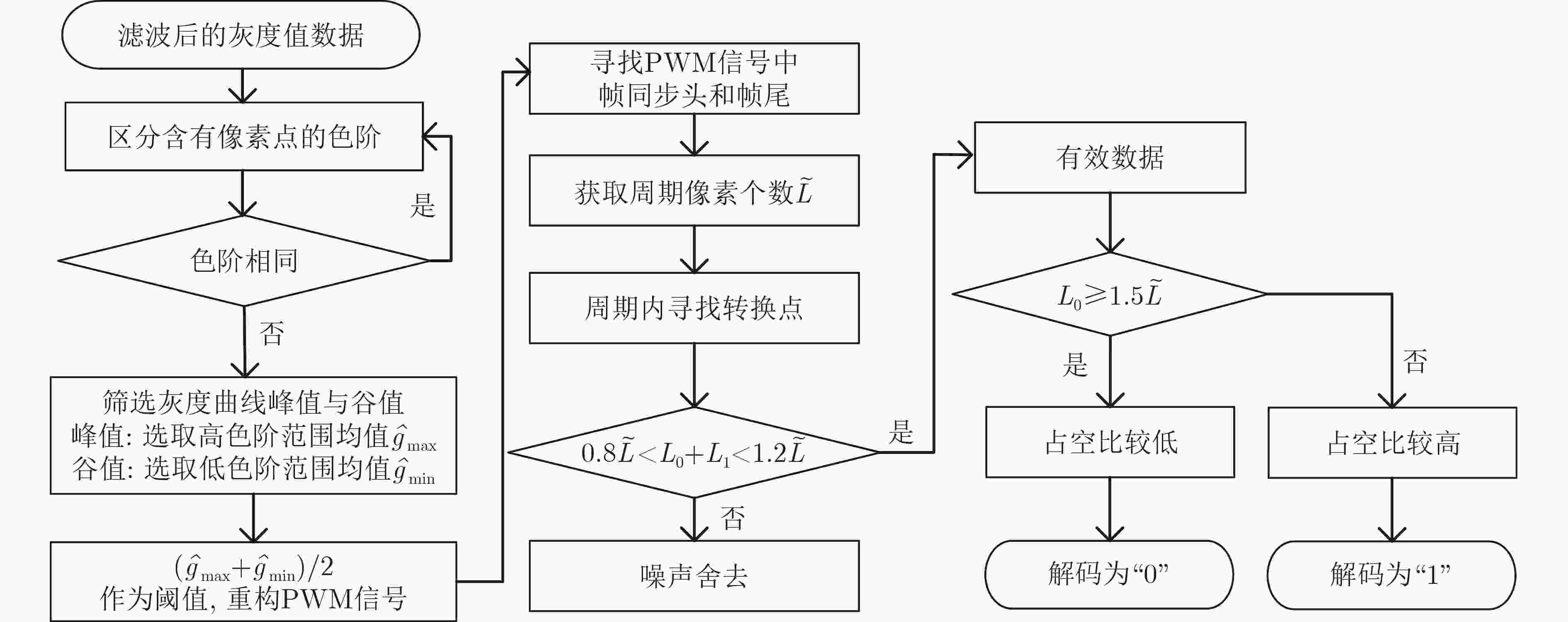
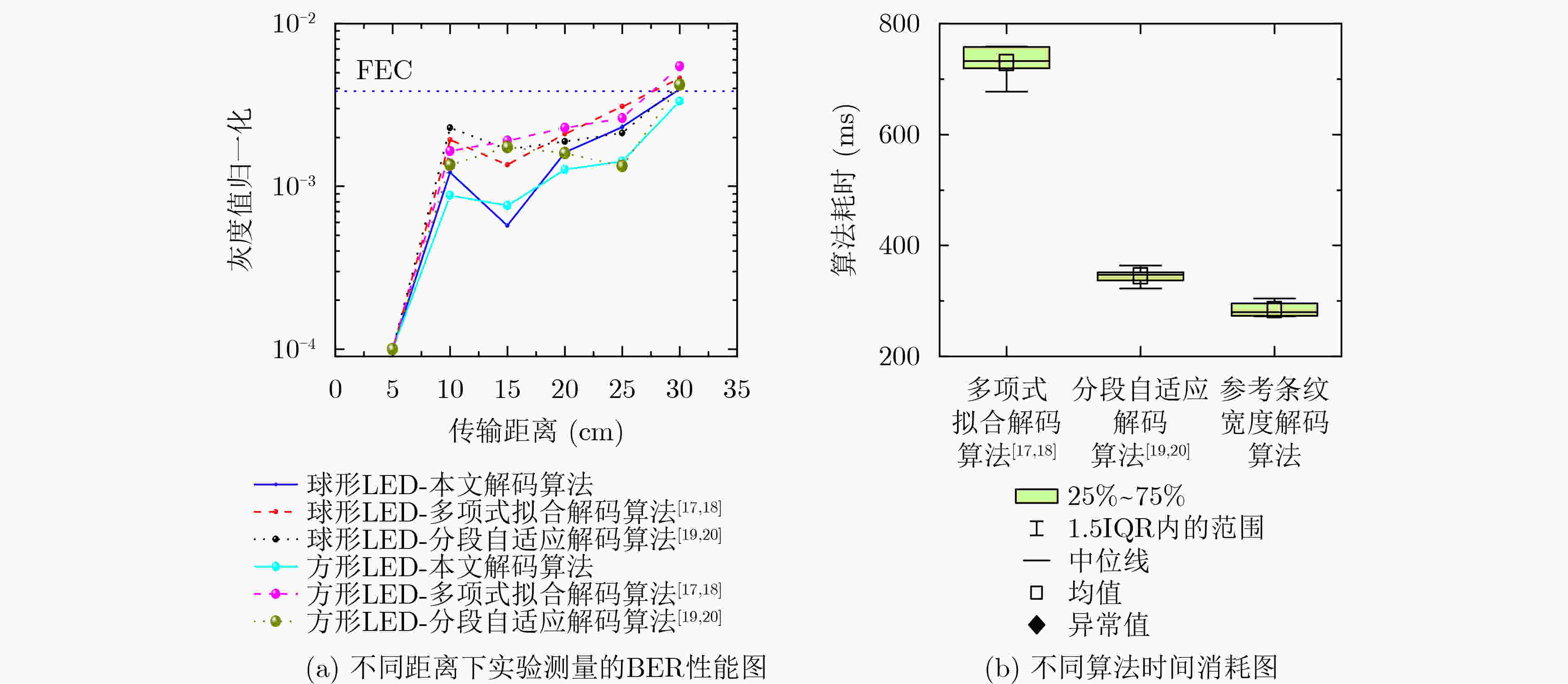



 下载:
下载:
